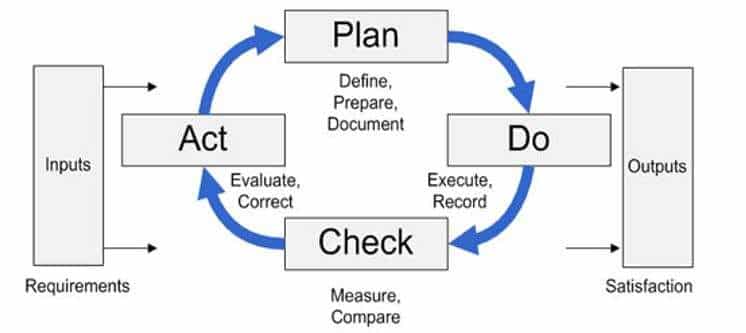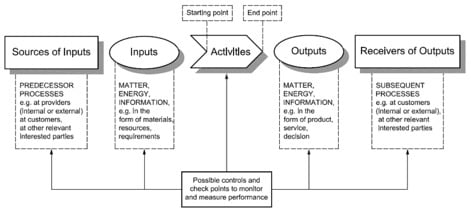ISO 9001:2015 FRAMEWORK
ISO 9001 is defined as the international standard that specifies requirements for a quality management system (QMS). Organizations use the standard to demonstrate the ability to consistently provide products and services that meet customer and regulatory requirements.


ISO 9001:2015 PUTS MORE FOCUS ON INPUT AND OUTPUT
There is more emphasis in ISO 9001:2015 on measuring and properly assessing the input and output of processes. According to ISO 9001:2015, We closely monitor which articles, information and specifications are involved in the production process. We also clearly check whether good articles come out of the production process
The organization must determine the internal and external communications pertinent to the Quality Management System, including:
- a) what to communicate
b) when communicating
c) whom to communicate
d) how to communicate
e) who communicates
- Determine the processes of the QMS
- The sequence and interaction of those processes
- Identify process risks and controls
- The criteria and methods used to ensure QMS processes are effective
- Ensure availability of resources and information to operate and monitor the processes
- Monitor and measure and analyze the processes
- Continually improve the processes
SRH Experts
We can support your organization through well customized training module meeting organization stated and intended needs for cost and application impact.
Our motto is to ensure that training delivery outcome are matched to the customer requirements
Vidyut Chandra Patange
SRH MANAGEMENT
CONSULTANTS AND TRAINERS
101, Meghana
Enclave, East Anandbagh , Malkajgiri
Hyderabad -500047,
Telangana, INDIA
Mobile :
9490118367, 7207380207
Email :
vidyut3@gmail.com
www.srhmc.wordpress.com

Comments
Post a Comment